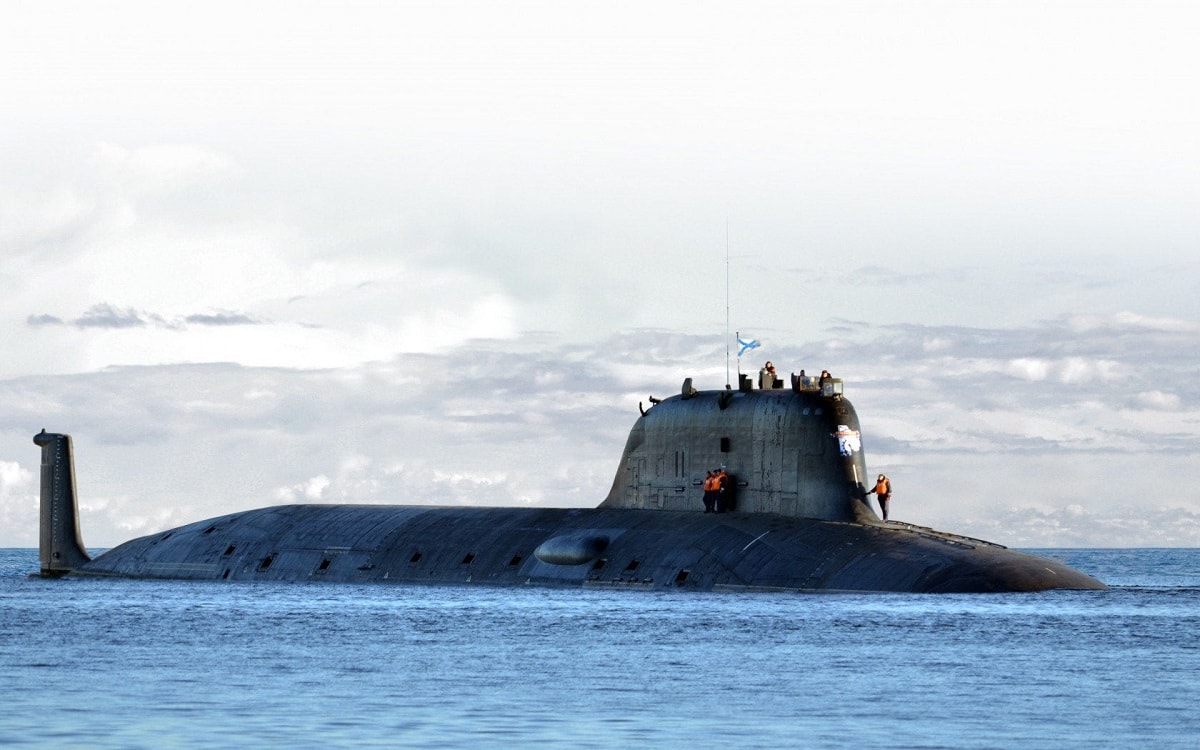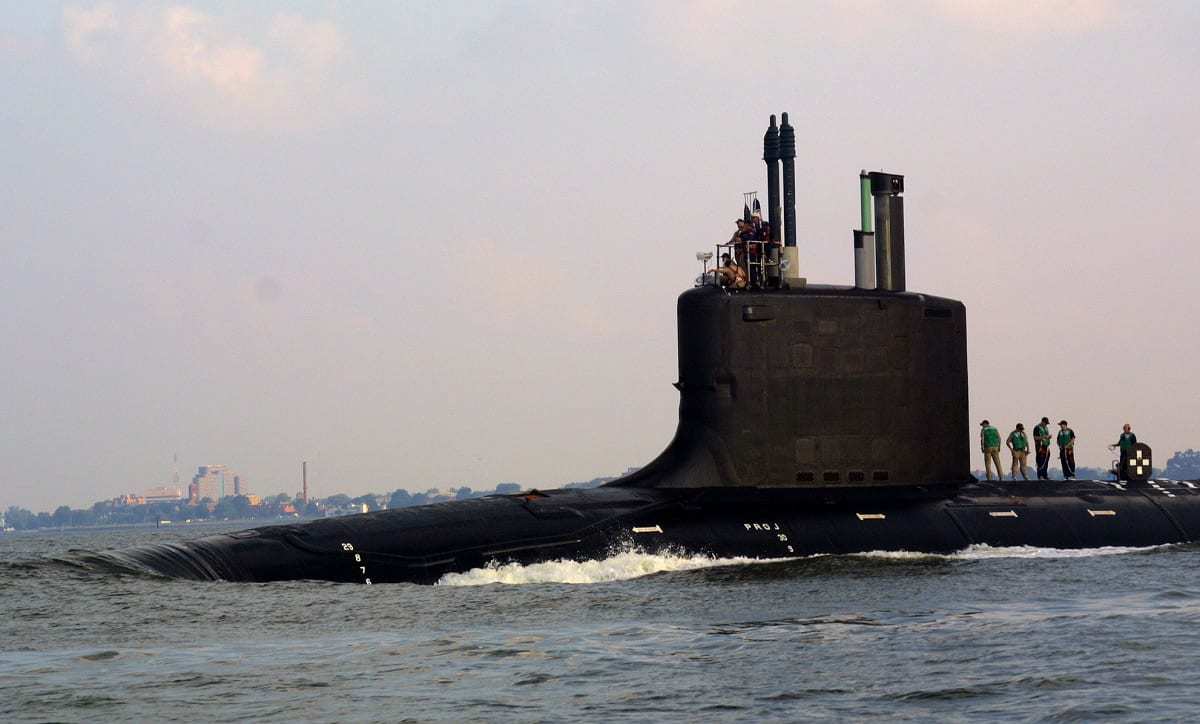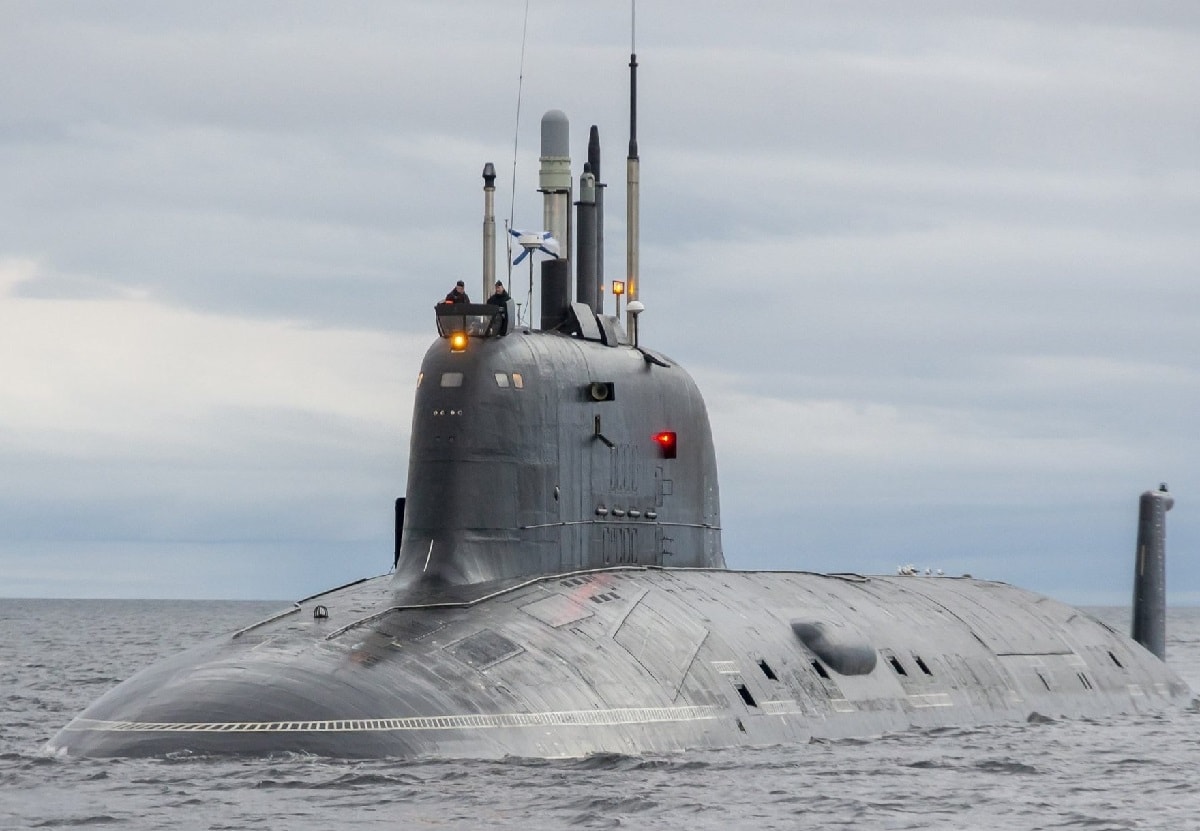As the United States has once again shifted its focus to great power competition with near-peer adversaries, there is now a greater emphasis to “keep up with the Joneses,” and while the United States Navy continues to operate the largest number of aircraft carriers it is in submarines where Russia could have an edge.
Moscow Goes All-In on Subs
During the Cold War, the Soviet Union was unable to match the surface fleet of the United States; however, the Soviet Navy maintained a significantly larger force of submarines. Now as Moscow has put renewed emphasis on its underwater cruisers the question has been asked how Russia’s latest submarines compared to those in service with the U.S. Navy.
Writing for Naval News, H I Sutton compared the Russian Navy’s advanced Project 885M (Yasen-M) nuclear-powered submarines with the U.S. Navy’s Block-V Virginia-class submarines. While the two classes of boats are similar – Sutton noted that the larger Yasen-M are essentially “cruise missile submarines” and thus are given the special vessel classification “SSGN” instead of the “SSN.”
Russia’s Project 885M
Developed in the late 1980s, the Yasen class was initially intended to replace Russia’s aging Akula-class nuclear-powered attack submarines. Upgraded after the collapse of the Soviet Union, the Project 885M was heavily updated with design tweaks and performance upgrades. The submarines feature a submerged displacement of 13,800 tons and can reach a maximum speed of up to thirty-five knots. The Yasen-M also features revamped onboard electronics, a slightly reduced overall length, and reportedly a new KTP-6 rector that is believed to reduce the submarine’s noise levels.
The nuclear-powered submarines are armed with 3M14K Kalibr-PL (NATO Reporting name SS-N-30A Sizzler) and P-800 (3M55) Oniks (NATO Reporting name SS-N-26 Strobile) cruise missiles as their basic strike weapons, while the Yasen-M has thirty-two vertical tubes that can accommodate three missile types. Additionally, the boats could soon be armed with the 3M22 Tsirkon (Zircon) hypersonic anti-ship missile.

Image Credit: Russian Federation.
Currently, there are seven Project 885M submarines in various stages of construction at the Sevmash Shipyard in northwest Russia, and the newly floated out Krasnoyarsk is now on track to be commissioned into the Pacific Fleet sometime next year. That follows the acceptance of the Project 885M lead nuclear-powered submarine Kazan, which was handed over to the Russian Navy on May 7. She is now in active service with the Northern Fleet.
U.S. Navy’s Block-V Virginia-class
The U.S. Navy’s Virginia-class nuclear-powered cruise missile fast-attack submarines (SSNs) were developed to replace the more expensive Seawolf-class while still providing a capable boat to address nautical threats from near-peer adversaries in the 21st century. The boats were designed to operate in both the open-ocean and for littoral missions, including anti-submarine warfare (ASW) and intelligence gathering operations.
The Block V variants are larger than the previous versions of the Virginia-class, with the length increased from 377 feet to 460 feet, and with greater displacement from 7,800 tons to 10,200 tons. As a result, the Block V versions of the Virginia-class are the second-largest U.S. submarines produced behind only the Ohio-class.
This included the addition of an eighty-three-foot section, which increased the number of missile launch tubes – increasing the number from twelve to forty, which in essence could triple the capacity of short targets for each boat. The boats can carry a total of sixty-six weapons in total.

Portsmouth, Va. (Aug. 25, 2004) – The nation’s newest and most advanced nuclear-powered attack submarine PCU Virginia (SSN 774) passes the skyline of Portsmouth, Va., on its the way to Norfolk Naval Shipyard upon completion of Bravo sea trials. Virginia is the NavyÕs only major combatant ready to join the fleet that was designed with the post-Cold War security environment in mind and embodies the warfighting and operational capabilities required to dominate the littorals while maintaining undersea dominance in the open ocean. U.S. Navy photo by Journalist 2nd Class Christina M. Shaw (RELEASED)
To date, nineteen of the planned sixty-six Virginia-class submarines have been completed, while eleven more are now under construction. Ten of those are from the Block IV, while one is from the latest Block V – and that latter boat will feature key improvements that enhance the capabilities of the fast-attack subs.
Which is Better?
For now, it may be difficult to know which is truly the superior sub. As Sutton noted, “aspects such as sonar, sensors and stealth are harder to compare given the sensitive nature of these topics.” However, each of the classes is believed to be difficult to counter, and each has arsenals of weapons that should be seen as truly deadly.
Peter Suciu is a Michigan-based writer who has contributed to more than four dozen magazines, newspapers and websites. He regularly writes about military small arms, and is the author of several books on military headgear including A Gallery of Military Headdress, which is available on Amazon.com.

